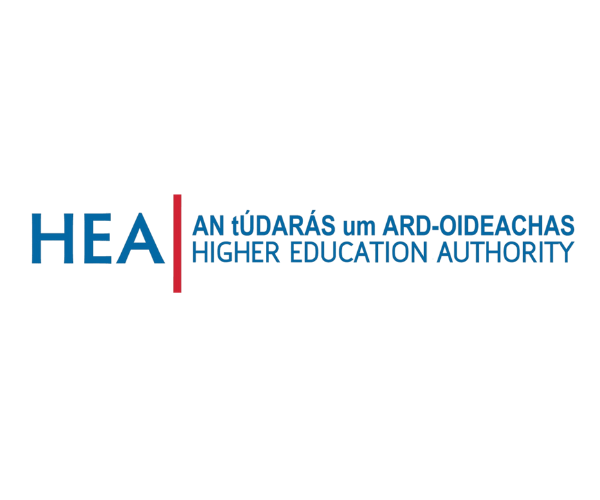
Non-progression rates among first year students continue to trend downward.
By Maura O'Shea
Posted: 11 April, 2022
Non-progression rates among first-year students in Higher Education into the following academic year are continuing to trend slowly downwards from 16% almost ten years ago to just 9% among new entrants in 2019/20.
New data, released by the Higher Education Authority today, shows that in the last year alone, the non-progression rate had dropped from 12% to 9%.
The latest figures relate to the first cohort of students impacted by Covid-19 in the academic year 2019/20. As such, more years of data is required to fully understand the impact over time and the overall trajectory of non-progression rates in Irish higher education institutions.
The purpose of this statistical data is to identify the overall rate of non-progression of students to enable identification of particular cohorts of students with a high risk of non-progression.
The data reveals that:
- In 2018/19, the non-progression rate was 12%. In 2019/20, this has dropped to 9%, representing a 3-percentage point improvement in non-progression;
- Services has the highest non-progression rate, at 16%. This is followed by ICT, at 15%, and Engineering, Manufacturing & Construction at 13%. Education has the lowest non-progression rate, at 3%.
- Between 2018/19 and 2019/20, Services has seen the largest improvement in their non-progression rate, from 22% in 2018/19, down to 16% in 2019/20.
- Internationally domiciled students saw an increase in their non-progression rate, from 11% in 2018/19 to 13% in 2019/20. Meanwhile, non-progression rates improved for Irish-domiciled students (12% in 2018/19; 9% in 2019/20).
- Non-progression rates are highest amongst disadvantaged students (12%), and lowest amongst affluent students (7%). Nonetheless, when comparing like-for-like students, it is evident that differences in Leaving Certificate attainment between disadvantaged and affluent students largely explain these differences.
- In 2019/20, females had a non-progression rate of 7%, while males had a non-progression rate of 11%. When comparing like-for-like students, the non-progression gap reduces, however it is evident that Leaving Certificate attainment has a role to play in this gender difference.
Dr Alan Wall, CEO of the Higher Education Authority, acknowledged that progression rates have seen a constant improvement over the last four years across the Irish higher education system.
“Covid-19 appears to have had an impact on the 2019/20 progression rates, however it is important to note that further analysis will be required in the subsequent years to fully understand the impact,” he said.
While the overall non-progression rate improved in 2019/20, the non-progression rates for new entrants at Level 6 and 7 is at least double that for entrants to Level 8 courses (16% and 18% at Levels 6 and 7 respectively, compared to 8% at Level 8).
Mature entrants have a higher non-progression rate than non-mature entrants at Level 8; however, mature entrants have a lower rate of non-progression at Level 6, while there was no difference between the two age groupings at Level 7 (2019/20 entrants).
Students entering Level 8 courses through the DARE and HEAR schemes have slightly better non-progression rates than the overall average for Level 8 entrants. However, students entering from other “non-traditional” routes (i.e., not on the basis of Leaving Certificate points) have in general higher than average non-progression rates across all NFQ levels.
Where data is available, a very strong association between Leaving Certificate points at entry and non-progression rates is evidenced. Entrants with lower Leaving Certificate points have much higher-than-average non-progression rates, particularly at Levels 6 and 7. By contrast, students entering Level 8 courses with high points have the lowest non-progression rates, between 4 and 7% (2018/19 entrants) and as low as 3% (2019/20 entrants).
Leaving Certificate Points are an important predictor of non-progression rates. Despite comparing like-for-like students, those with less than 200 points have a predicted non-progression rate of 25%, compared to just 4% for those with over 500 points.


